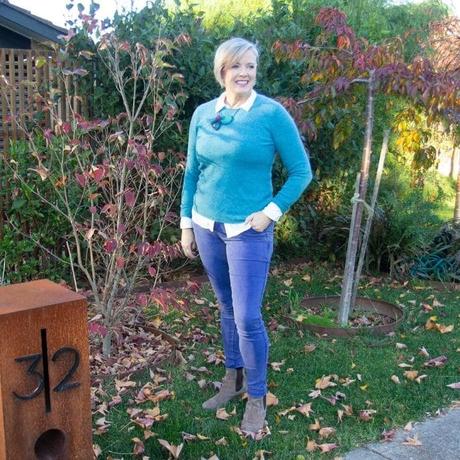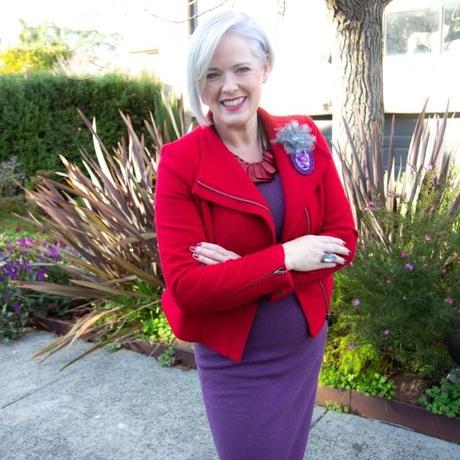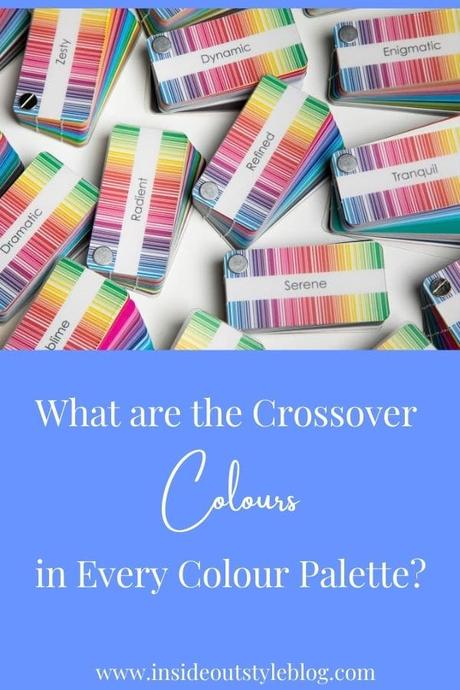



Colour analysis and personal colour analysis systems are a topic that many find fascinating and I get lots of questions about everything colour related.
In fact, I spent a year in the development of my Absolute Colour System of 18 tonal colour directions back in 2009, as I’d been doing colour analysis for some years and found the systems available at the time were lacking in nuance and I wanted to create something that worked for every kind of different colouring and every stage of life. Living in a very multicultural city I wanted tools that worked across different skin colouring as well as different ages (as your colouring doesn’t stay static, it changes with age, it’s just that the thing we notice the most about our colouring changing is our hair colour losing pigment).
Reader Question: I’m curious how many crossover colors there are amongst your pallets. Or, about how many are shared between them.
&iv;&modestbranding;&rel;&autohide;&playsinline;&autoplay;
Every palette has 3 main colour properties:
Intensity – how bright or smoky/muted the colours are
Value – how light or dark the overall palette is
Undertone – whether it has a warm (yellow based) or cool (blue based) undertone.
There are no exact matches between pallets, but there are some similarities. The first is that all palettes contain a variation of the Universal Colours, red-violet, teal, turquoise, warm greys and taupe along with soft white and marine navy. But of course, depending on the other colour properties of the palette, these may be brighter or more muted versions, lighter ones or darker ones – to fit in that palette.
You may find that universal colours are great on you, or they may be a bit – ho-hum, and this is because of your colouring and your colour properties – find out more about whether or not they’ll suit you here.

I love teal as it’s so versatile, it is gorgeous with all shades of blue and also works with pink, purple and orange so easily
What is great about universal colours is that they really play well with so many other colours, this is because they have elements of both warmth and coolness in their makeup. For example, teal and turquoise really work well with so many other colours and are brilliant for any beauty bundle.

Red-violet is a great universal colour as it mixes easily with other colours from reds to greens and oranges, teals and yellows!
Want to Discover Your Optimal Colour Palette?
Feeling confused or wishing you knew which were your best colours? Then get a personal colour analysis – it can be done in-person or online as a stand-alone service, or as part of my full image program 7 Steps to Style.
What I love about knowing my best colours, other than that they make me look my best, is that it makes it so easy to curate a cohesive wardrobe that’s versatile with heaps of outfit options as everything mixes and matches because the colours naturally play well together and makes packing for travel so much easier as you naturally can create wardrobe capsules super quickly.
9 Ways Knowing Your Best Colours Will Change Your Life as Well as Your Wardrobe
Discover Your Colours – Colour Intensifiers
Are Dark Colours and Black the Only Colours to Wear to Look Slimmer?
How Do You Figure Out If You’ve Got a Warm or Cool Skin Undertone?






